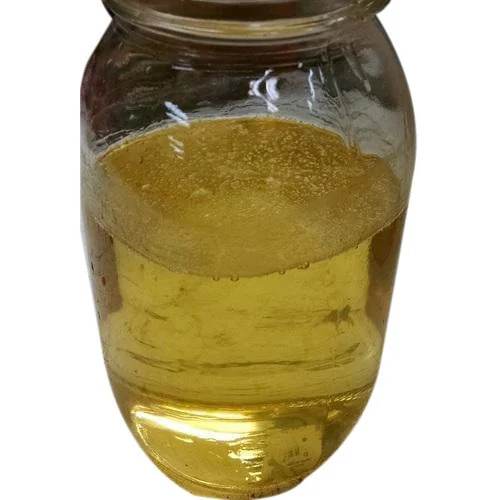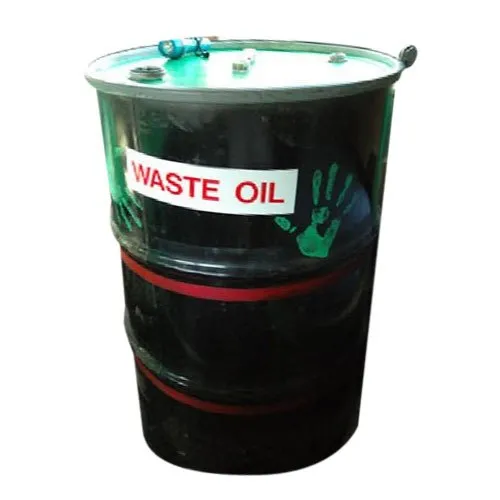FUEL OIL
Furnace oil is another name for fuel oils. These go through the crude-oil distillation process together with other leftovers. The oils can be used in steam boilers on ships, in power plants, and in industrial facilities. For the requisite viscosity and desired flash point, they are also combined with additional petroleum components. Fuel oils are appropriate for industrial, agricultural, and commercial settings. They may be applied to a variety of machinery and automobiles. They can be utilised in harvesters, farming machinery, quarrying machinery, and other devices. Fuel oils are available with improved warmth, safety, and efficiency. They are both very well-liked and reasonably priced to use.

Pure Diesel Oil
Diesel engines are a special form of internal combustion engine in which fuel ignition occurs without a spark as a consequence of compression of the input air and subsequent fuel injection. Diesel oil is any liquid fuel specifically intended for use in a diesel engine. Diesel fuel hence requires favourable compression ignition properties.
Diesel engines are used in the majority of freight and delivery trucks, railways, buses, boats, farm, construction, and military equipment, as well as certain automobiles and light trucks. Additionally, diesel fuel is utilised in diesel-engine generators that provide energy, such as those found in isolated Alaskan settlements and other places across the world.

Pyrolysis Oil
Pyrolysis oil, commonly referred to as bio-crude or bio-oil, is a synthetic fuel being researched as an alternative to petroleum. It is made by heating dehydrated biomass in an oxygen-free reactor to a temperature of around 500 °C (900 °F) before cooling it. Pyrolysis oil, a kind of tar, typically has oxygen concentrations that are too high to be regarded as pure hydrocarbons.
Applications of the pyrolysis oil include, e.g. combustion in boilers, fuelling in engines and turbines, upgrading to transportation fuels or as a renewable feedstock for chemicals and materials

Light Diesel Oil
The fuel known as Light Diesel Oil(LDO) is a medium-colored liquid that is either distilled or an extracted residual portion of other oils. This gasoline is naturally free-flowing. fuel of the class C. above the 60 degree Celsius flash threshold. Effective fuel substitute for many boiler and furnace applications. In India, there are two primary types of diesel fuel available for purchase: High Speed Diesel (HSD) and Light Diesel Oil (LDO). The former is a combination of distillate fuel and a tiny amount of residual fuel, whilst the later is a 100% distillate fuel.

Waste Oil
Oil that has never been utilised because it has been contaminated and is no longer appropriate for its intended use is referred to as waste oil. Waste oil includes things like cleaned-up oil spills, the sediment left behind after oil tanks have been cleaned out, and oil that has been tainted by leaky containers.
Waste oil may either exhibit an increase in contaminants or a decrease in its original qualities. Waste oil cannot be recycled or cleaned, hence it is never useful.
What is the difference between waste oil and used oil?
Used oil has been used before and as a result is tainted with contaminants, which can be either chemical or physical. Old transmission oil, motor oil, braking fluid, hydraulic oil, and gearbox oil are a few examples of used oil. Used oil can be saved for recycling, reuse, or disposal because it is a recyclable material.

Furnace Oil
One of the least expensive fuels for use in industry is furnace oil. It comes from the refinement of petroleum. Along with other petroleum fuels like HSD, Petrol, etc., FO (Furnace Oil) is one of the products produced during the processing of CRUD Oil. It typically has 10,000 calories per gramme. The primary uses of FO are furnaces that are used to heat or pre-heat enormous amounts of metal. This can be kept in vertical or horizontal tanks, above ground or occasionally even underground. The CCOE, India's regulatory agency for petroleum storages, has predetermined the sizes and capacity of these tanks.

APPLICATIONS
Used in
boilers and furnaces for heating homes and buildings,
for industrial heating,
for producing electricity in power plants

